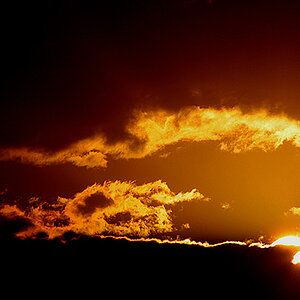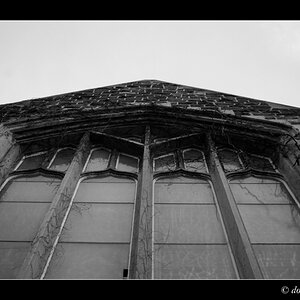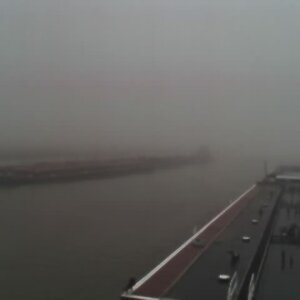Wildjack
TPF Noob!
- Joined
- Apr 6, 2015
- Messages
- 7
- Reaction score
- 0
- Can others edit my Photos
- Photos OK to edit
After having thought I lost most of my family photos for the last 13 years due to a corrupt harddrive (yeah, had the backup, but not a backup of it, so that's a way to learn it), I've been through all my old computers and have probably found most of my old photos.
However, I've had two cameras over those 13 years, both being Sony's, so filenames have been the usual DSC00001.jpg (and counting up).
I've roughly taken 4000 photos with each camera, and am now trying to find out if there are any black holes, where I have lost something entirely. Hereby meaning that if I have the photes from the summer holiday in 2005 and 2007, but missing DSC00250 to DSC00500 in between those, at least I know that it was whatever we did between those two years that is lost.
So, I have two problems here, when trying to figure out what photos was from what camera, and where have I just lost all the photos from a given period of time.
1. How do I search for the filenames, but get it split up on cameratype? I.e. both cameras I have used have had approximately 4000 photos taken with it, and thereby I have two batches of DSC00001 to DSC04000 but from different cameras?
2. My brother got some of the photos as we had a long holiday together with his family. So, I recovered those photos from him. However, he has overwritten the DSC filename with Thailand1, Thailand2 etc. Is there anyway I can see the original filename, perhaps recover to this, and even better see what camera took the shot, as our parents were also on this trip, so in total we had 4 cameras to shoot the photos, and I can only see DSC-W1 and CYPERSHOT as the cameramodel, which is not enough for me to figure out if they were from my camera or theirs (also, we've all used Sony's, so same filename problem, which is probably why my brother had the files renamed).
I feel like this is kind of a longshot, but hope someone on this forum can help me on either of the above questions.
However, I've had two cameras over those 13 years, both being Sony's, so filenames have been the usual DSC00001.jpg (and counting up).
I've roughly taken 4000 photos with each camera, and am now trying to find out if there are any black holes, where I have lost something entirely. Hereby meaning that if I have the photes from the summer holiday in 2005 and 2007, but missing DSC00250 to DSC00500 in between those, at least I know that it was whatever we did between those two years that is lost.
So, I have two problems here, when trying to figure out what photos was from what camera, and where have I just lost all the photos from a given period of time.
1. How do I search for the filenames, but get it split up on cameratype? I.e. both cameras I have used have had approximately 4000 photos taken with it, and thereby I have two batches of DSC00001 to DSC04000 but from different cameras?
2. My brother got some of the photos as we had a long holiday together with his family. So, I recovered those photos from him. However, he has overwritten the DSC filename with Thailand1, Thailand2 etc. Is there anyway I can see the original filename, perhaps recover to this, and even better see what camera took the shot, as our parents were also on this trip, so in total we had 4 cameras to shoot the photos, and I can only see DSC-W1 and CYPERSHOT as the cameramodel, which is not enough for me to figure out if they were from my camera or theirs (also, we've all used Sony's, so same filename problem, which is probably why my brother had the files renamed).
I feel like this is kind of a longshot, but hope someone on this forum can help me on either of the above questions.


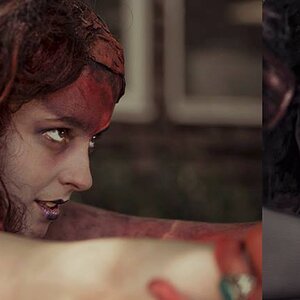
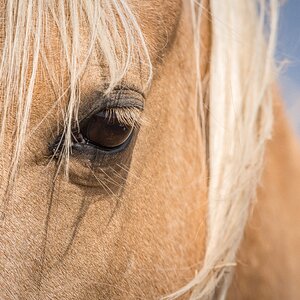
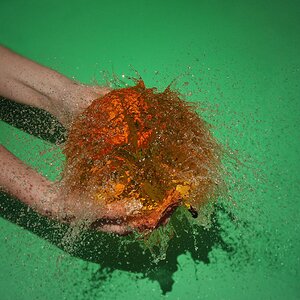
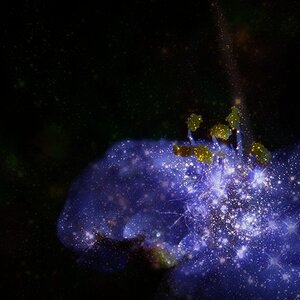
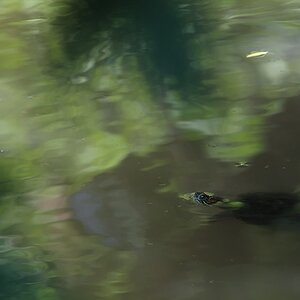
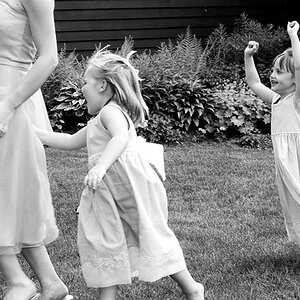
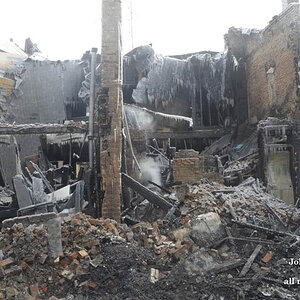
![[No title]](/data/xfmg/thumbnail/39/39224-aa3271aa220fe57f37caf898b6984846.jpg?1619738926)

